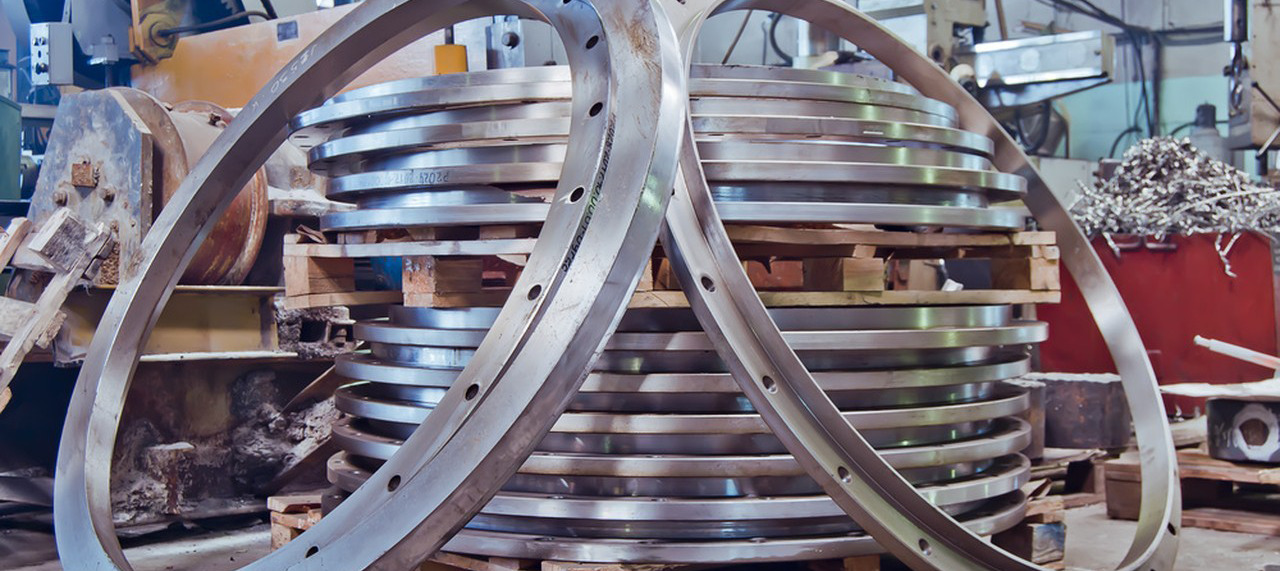Share this
Classified according to the function and structural characteristics of the flange
Flange is an important pipe fitting, which can fix pipes and equipment, has a certain strength, and can resist mechanical vibration of pipe fittings. They are widely used in petroleum, petrochemical, metallurgy, thermal power, nuclear power and other fields, and can connect several pipe fittings together to avoid leakage and leakage.
According to their functions and structural characteristics, flanges can be divided into many types. Here are a few of them in detail:
1. Welding flange
Welding flanges generally mean that they have a smooth sheath, which consists of a sheath and two welded ends. Their structural characteristics are that the two ends of the pipe can be welded to form a whole, which can make the sealing performance of the pipe fittings better. , to reduce the leakage of the pipeline.
2. Flange seal
Flange seal is an important type of seal. Its structure is characterized by a flange head, which is welded to the equipment to form a closed space. In this space, there is a bladder that can squeeze the diaphragm between two Between the pipes, a seal is formed.
3. Joint flange
The joint flange is a pipe fitting with a clamping structure at both ends. It has the characteristics of good flexibility, easy installation, and excellent sealing performance. Its structure has a flange head, which is clamped at both ends of the pipe. It consists of a clamping handle and a packing sheet. When the clamping handle is adjusted, the gap between the pipes can be adjusted to form a sealed state.
4. Bolt flange
Bolted flange is a pipe fitting with bolts at both ends. Its structural feature is that there is a flange head, and several bolts are connected at both ends. When the bolts are tightened, the two ends of the pipe can be tightly connected. The pipe forms a complete sealing body and can resist large static pressure.
5. Pressure compensation flange
The pressure compensation flange is a pipe fitting with a pressure compensation cover at both ends. Its structural feature is that there is a flange head with a pressure compensation inside. When the pipeline is impacted by an external force, the pressure compensation cover can form an elastic Space, so that the pipeline can automatically compensate for the impact of external forces, so that the sealing performance of the pipeline is better.
The above are several classifications of flanges and their structural characteristics. Different types have different uses and can better meet the requirements of different engineering projects. With the development of science and technology, there are more and more types of flanges, and the scope of application is also wider and wider. Applying them to various fields can more effectively improve the efficiency and safety of pipelines and improve social benefits.
For pipe fittings, please link: https://bekingpiping.com

